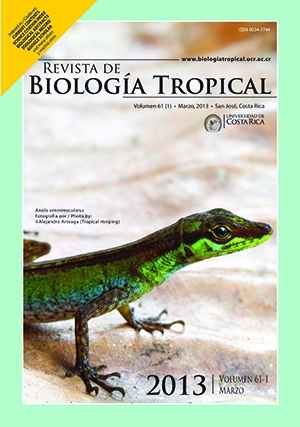Abstract
R. percellens is incidentally caught in Venezuela by the artisanal fishery using bottom gillnets. This species was classified by the IUCN as being “near threatened”, and there is poor knowledge about its biology and fishery in Venezuela. For this reason, we analyzed the specimens caught by the artisanal fleet in playa La Pared, once a week, from January to December 2007. We determined total length, sex and maturity for each captured specimen. A total of 210 specimens were analyzed, 159 females and 51 males. The 81% of all specimens caught were adults, but within this group 27% were pregnant. The average size of sexual maturity was found between 51 and 52cm for females and males, respectively. Adult females were found all year round, and pregnant females in seven of the months sampled; highest numbers were found between February-March and September. The analyzed females had a total of 96 embryos with a size range between 2 and 19cm, with a maximum fertility of four embryos per litter. February and June-July showed the maximum breeding time, and considering the broad range of embryos sizes and the frequency of pregnant females along the different months, allow us to believe that they reproduce throughout the year. Fishing regulation including minimum catch size in relation to maturity length and release of pregnant females in water is recommended.##plugins.facebook.comentarios##
Downloads
Download data is not yet available.






